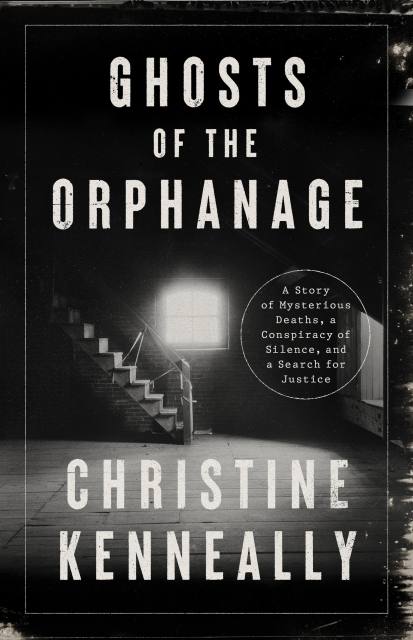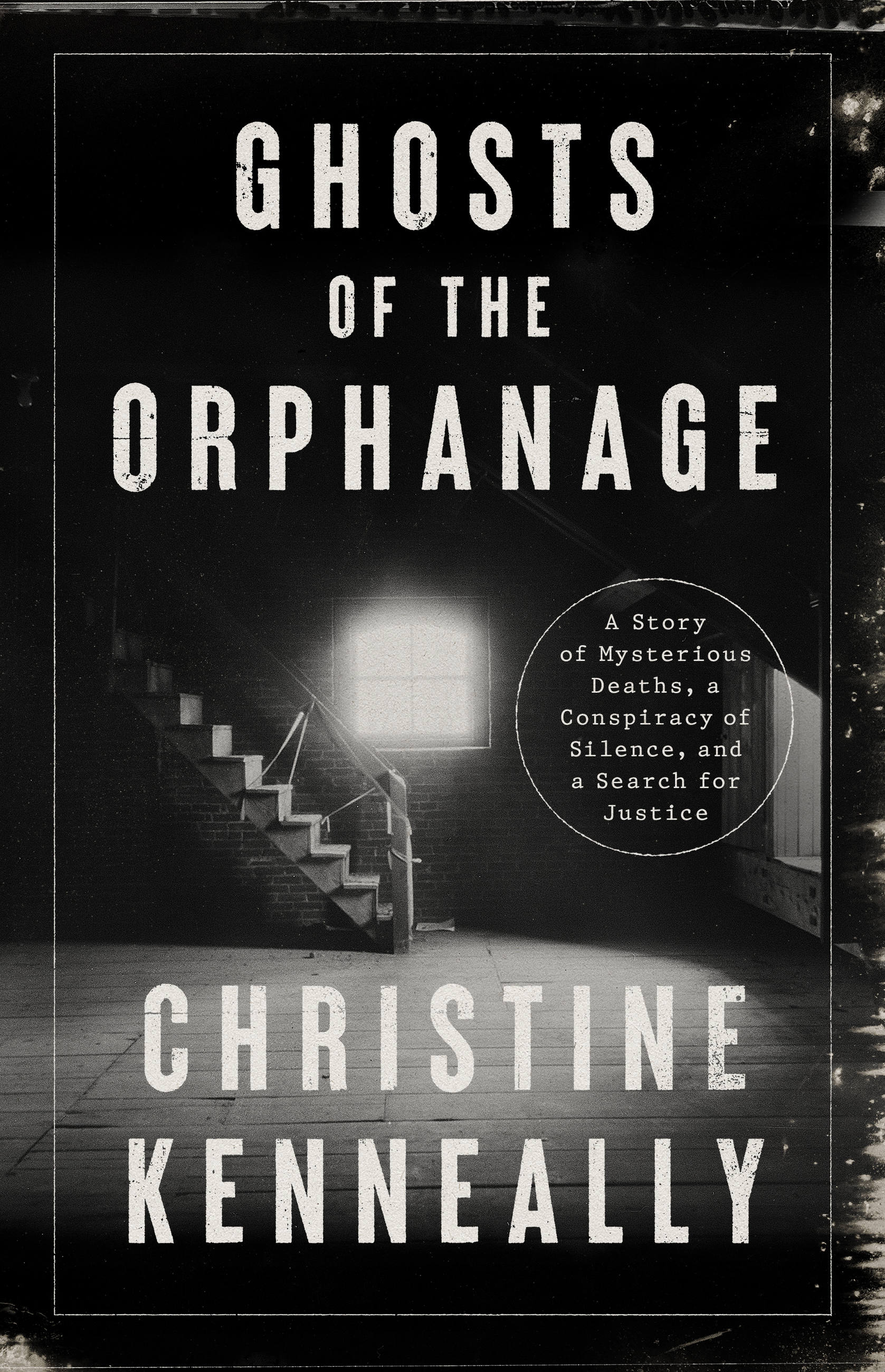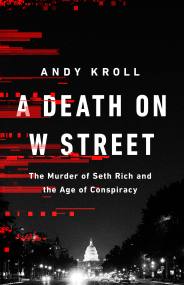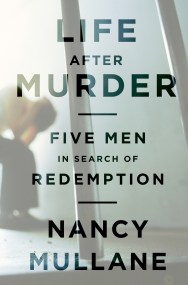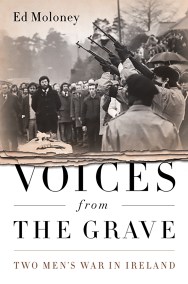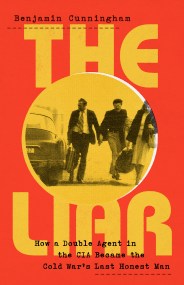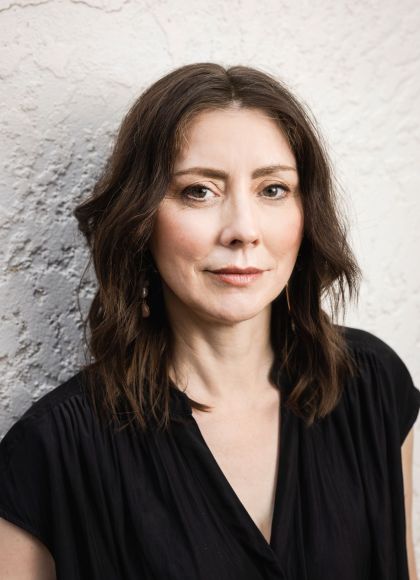Promotion
Use code MOM24 for 20% off site wide + free shipping over $45
Ghosts of the Orphanage
A Story of Mysterious Deaths, a Conspiracy of Silence, and a Search for Justice
Contributors
Formats and Prices
Price
$30.00Price
$38.00 CADFormat
Format:
- Hardcover $30.00 $38.00 CAD
- ebook $17.99 $22.99 CAD
- Audiobook Download (Unabridged) $31.99
This item is a preorder. Your payment method will be charged immediately, and the product is expected to ship on or around March 21, 2023. This date is subject to change due to shipping delays beyond our control.
Also available from:
For much of the twentieth century, a series of terrible events—abuse, both physical and psychological, and even deaths—took places inside orphanages. The survivors have been trying to tell their astonishing stories for a long time, but disbelief, secrecy, and trauma have kept them from breaking through. For ten years, Christine Kenneally has been on a quest to uncover the harrowing truth.
Centering her story on St. Joseph’s, a Catholic orphanage in Vermont, Kenneally has written a stunning account of a series of crimes and abuses. But her work is not confined to one place. Following clues that take her into the darkened corners of several institutions across the globe, she finds a trail of terrifying stories and a courageous group of survivors who are seeking justice. Ghosts of the Orphanage is an incredible true crime story and a reckoning with a past that has stayed buried for too long, with tragic consequences.
Genre:
-
“A gripping chronicle of the ways in which those in power ignored, or even encouraged, the ill-treatment of children across borders, cultures, and decades.”The New Yorker
-
“Sometimes the world’s secrets have to wait for the right person to turn up to reveal them. Across ten years of hard and painful investigation, Christine Kenneally discovered, explored, and here reports on a great sink of human misery visited upon unprotected children by the very people who were honored for caring for them. It’s a chilling book, but a brave and important one—and a gripping read. It bears comparison to Aleksandr Solzhenitsyn’s The Gulag Archipelago.”Richard Rhodes, Pulitzer Prize–winning author of The Making of the Atomic Bomb and A Hole in the World
-
“In the orphanages Kenneally investigates, sanctimonious, seemingly pious adults physically, emotionally, and sexually abused children, imagining that the children exposed to their shameful barbarism would forget the ‘morally upright’ adults’ horrific crimes. A cautionary tale about the long-term impact of adults’ cruelty to children—how perpetrators’ brutality, even when half-forgotten—nonetheless haunts victims with bodily pain, mysterious fears, and eventually, maybe, powerful understanding.”Jessica Stern, senior fellow, Harvard School of Public Health
-
“Kenneally has pulled off an astonishing feat in Ghosts of the Orphanage. She has produced a haunting, literary page-turner that is also a work of deep and urgent reportage. The reporting is tenacious and jaw dropping, but it is the characters who will stay with you long after the book is done.”Jessica Garrison, author of The Devil’s Harvest
-
“Kenneally… paints a beyond disturbing picture of human cruelty in this shocking exposé of decades of abuse of children housed in orphanages across multiple countries in much of the 20th century…This harrowing true crime story is essential, if deeply difficult, reading.”Publishers Weekly, starred review
-
“A powerful work of sociological investigation and literary journalism.”Kirkus Reviews
-
“The history of orphanages in the 19th and 20th centuries is secretive, dark, and vast. …Kenneally handles each person’s story with great care and ensures that this time, the people who were failed by the system are heard… An important look into the dark past of orphanages globally. It’s also a deep dive into the ways these horrific stories were kept out of the public eye for so long.”Library Journal, starred review
-
“Even after Spotlight, even after Tuam, this book was a shock. Christine Kenneally's exposé of the abuse and torture of children in 20th-century orphanages fits neatly alongside those earlier stories of religious institutional child abuse. And yet, readers might find themselves emotionally unprepared…Kenneally is a diligent, patient reporter… But over 10 years of reporting, Kenneally chips away at the secrets, finding documentation and corroboration. The reportage in this book is impeccable. She never says more than she can prove, but she also never says less. The stories were true….’Ghosts of the Orphanage’ is a damning book, from start to finish.”Minneapolis Star Tribune
-
“It is a measure of [Kenneally’s] nous as a journalist, as well as her patience and persistence, that she uncovered as much information and testimony as she has in what by all accounts is an extraordinarily difficult area to investigate."Sydney Morning Herald
-
“Kenneally—and the lawyers who fought the battles for these now-adult orphans—patiently and unflinchingly stitch together the brutal reality…As the criminal case builds, as the witnesses grow in number, and as the sharp diocesan attorneys start their attack, the story becomes a gripping nailbiter.”Commonweal
- On Sale
- Mar 21, 2023
- Page Count
- 384 pages
- Publisher
- PublicAffairs
- ISBN-13
- 9781541758513
Newsletter Signup
By clicking ‘Sign Up,’ I acknowledge that I have read and agree to Hachette Book Group’s Privacy Policy and Terms of Use
